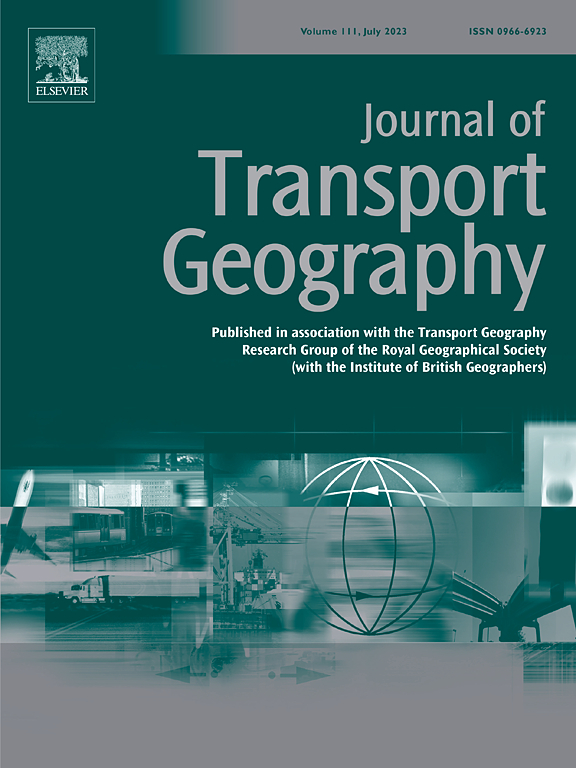Shipping decarbonization and public emergencies: How does COVID-19 impact container shipping carbon emissions?
IF 5.7
2区 工程技术
Q1 ECONOMICS
引用次数: 0
Abstract
Shipping carbon emissions is becoming increasingly susceptible to emergency events, with the coronavirus disease 2019 (COVID-19) exerting one of the most long-lasting effects. Clarifying the impact of COVID-19 on shipping carbon emissions is crucial for reducing and decarbonizing the shipping industry and controlling global climate change. This study utilizes the automatic identification system and socio-economic data to measure global containerized carbon emissions with the help of the bottom-up method, explores the impact of COVID-19 on carbon emissions based on the “global-regional-national-port” multi-scale, and conducts empirical tests with the help of the between-within model. Globally, container shipping carbon emissions increased over 50 % compared with those of 2019, with four spatial hotpots. Regionally, carbon emissions increased most significantly in the Panama Canal, Strait of Gibraltar, and Black Sea Strait. On a national scale, the differences in carbon emissions from containerized maritime transport between countries have narrowed compared to before the COVID-19 outbreak, with head country primacy decreasing. At the port level, the effects of COVID-19 show significant heterogeneity: emissions decreased at the ports in Northern Europe but increased in Asian. The number of new COVID-19 cases in the origin or destination country significantly increased container shipping carbon emissions, with variations depending on geographical locations and economic development levels.
求助全文
约1分钟内获得全文
求助全文
来源期刊

Journal of Transport Geography
Multiple-
CiteScore
11.50
自引率
11.50%
发文量
197
期刊介绍:
A major resurgence has occurred in transport geography in the wake of political and policy changes, huge transport infrastructure projects and responses to urban traffic congestion. The Journal of Transport Geography provides a central focus for developments in this rapidly expanding sub-discipline.
 求助内容:
求助内容: 应助结果提醒方式:
应助结果提醒方式:


